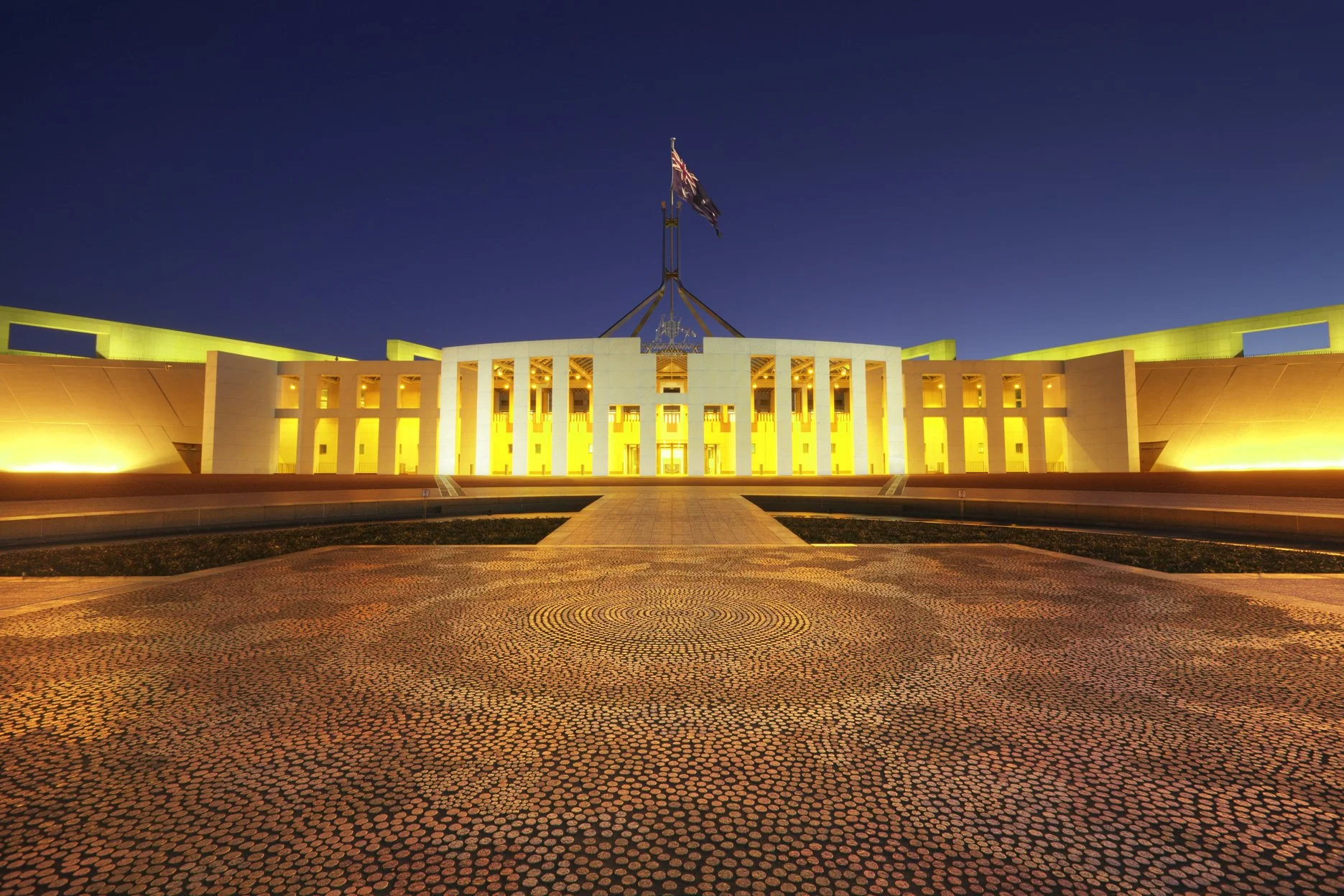Introduction
This Budget yet again benefits from a huge revenue windfall allowing a surplus this year for the first time in 15 years and cost-of-living relief. At the same time, medium term deficits, while lower, remain leaving the budget vulnerable to anything that upsets the “rivers of gold” flowing to Canberra.
Key budget measures…
Key measures, many of which were announced prior, include:
$14.6bn over four years in cost-of-living support for mostly low to middle income households, including $3bn (shared with states) in one off energy bill relief for 5mn low-middle income households and 1mn small businesses, an additional $3.5bn to Medicare over 5 years to allow better access to GP’s through a lift in the bulk billing incentive, cheaper medicines, a boost to rent assistance, subsidies to move from gas to electric appliances, increased support for single parents costing $1.9bn over 5 years and a modest increase in Jobseeker with more for over 55s;
increased spending on aged care partly flowing from a 15% pay rise for aged care workers which will cost $14.1bn over four years;
a $20,000 instant asset write-off for small businesses;
a ramp up in defence spending on missiles and submarines, offset by a
reallocation of defence spending;
some measures to help boost housing affordability – with tax changes to boost build-to-rent housing and wider access to the Home Guarantee Schemes;
a lift in renewables investment through $2bn for the Hydrogen industry and incentives for developers to build “greener” houses;
measures to support impact investing to tackle social problems;
$498mn to crack down on vaping and reduce smoking. Budget savings include:
reform of the Petroleum Resource Rent Tax to raise $2.4bn over 4 yrs;
extension of the GST compliance program, saving $3.8bn over 4 years;
a 5% rise in tobacco excise raising $3.3bn;
measures to slow NDIS growth to 8% pa from 13.8% currently;
the 30% tax on super fund earnings where balances exceed $3mn;
increasing the payment frequency of super and lifting compliance.
Economic assumptions…
Changes to the Government’s forecasts have been modest with higher inflation and lower unemployment this financial year, but no changes to its forecasts for economic growth. It has revised up its wages forecasts for the next financial year and now sees the return of real wages growth in mid- 2024. Unemployment is still seen as rising to 4.5% but doesn’t get there until mid-2025. We are a bit less optimistic on growth in the year ahead and hence see higher unemployment earlier. Either way Australia is set to enter a per capita recession. The Government now sees net immigration of 400,000 this year up from a forecast of 235,000 in October, taking population growth to 2% for the first time in 14 years, slowing to 315,000 in 2023-24. The Government revised up its medium-term iron ore price assumption but only to $US60/tonne. With the iron ore price now about $US105/tonne, it’s still a potential source of revenue upside.

